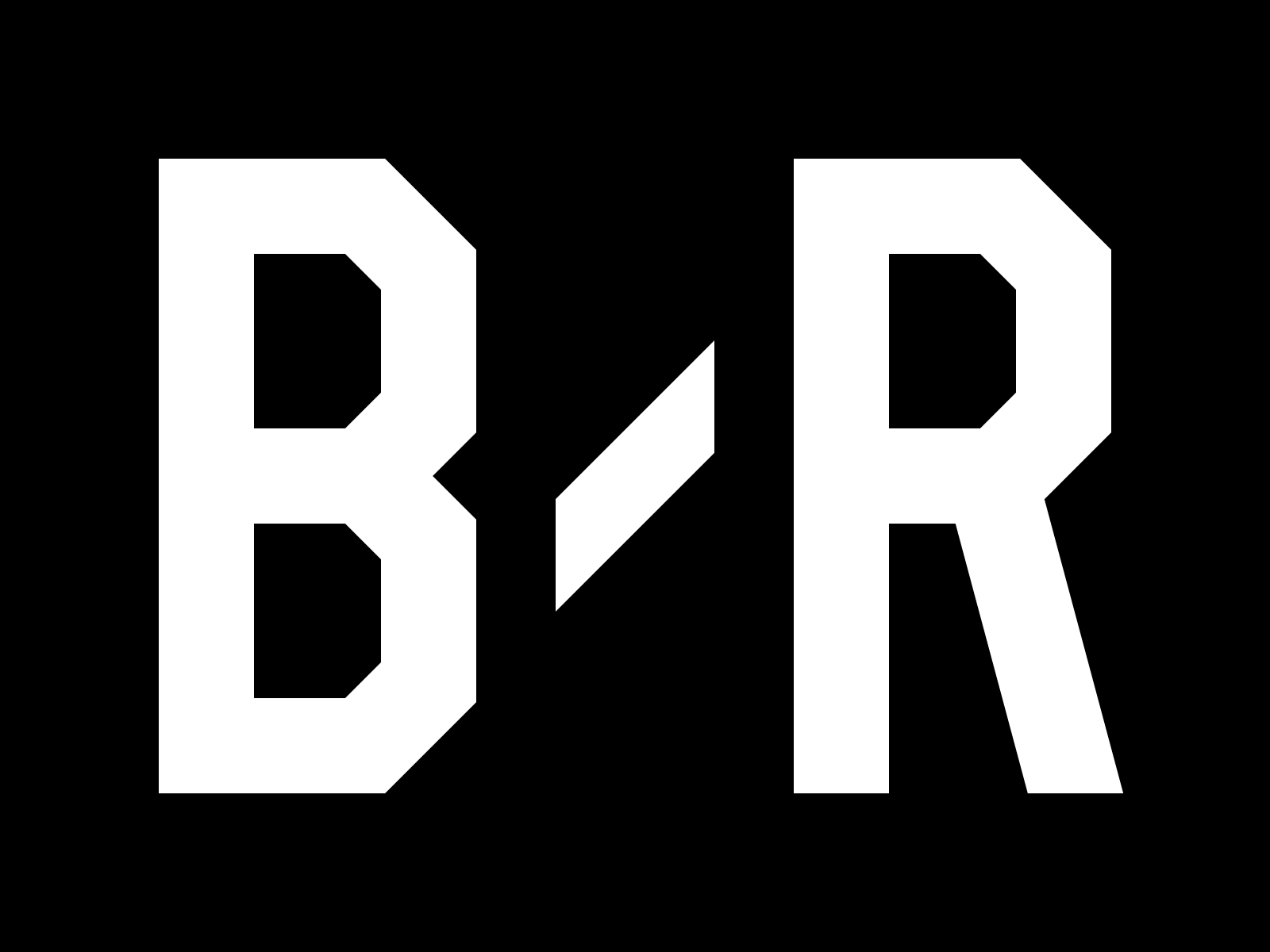If you live in the U.S, you may have heard the saying “this is as American as...” It is a common saying that has been around long before you, or me, and it will most likely be around long after we are gone.
I have heard the term as American as baseball, apple pie, and even football. The two words I have never seen thrown in there was pro wrestling, which in a way is surprising if you think about it.
Pro wrestling as we know it has been around for over 100 years and was made popular in the U.S. If you want to be precise on the matter, it started in late 1800’s shortly after the Civil War.
During the hard times following the war, wrestling was a form of entertainment that could be found at the carnivals and other traveling acts. Most were college wrestlers who were looking to make some quick money.
Over time, pro wrestling would start to grow into a very popular social event. By the turn of the century, pro wrestling was just as popular as boxing and baseball.
Frank Gotch and Martin Burns were the main draws, and business was good. Things would start to go sour shortly after though. Soon, the word would be spread that wresting was in the fix.
While it was never confirmed, it was widely believed the word was spread by the boxing commission at the time. Wresting at the time was starting to become more popular and would draw more than boxing.
Whether it was due to sour apples or the fans wising up, wrestling would indeed find itself in trouble. The fans were turning fast on the once-popular attraction, and things would only get worse with the retirement of Gotch.
With no public name to represent wrestling and the swift decline in attendance, things were looking bad for our great pastime. Like a tree that wilts away and dies though, its seeds are often spread and new trees are born.
The new seeds that would become the savior for pro wrestling would be Ed Lewis, Billy Sandow, and Toots Mondt. These three would go on to be called the Goldust Trio. They would shape the way the world would look at wrestling forever.
They would be the first ever to implement time limits and DQ’s. Knowing that wrestling was a work, they would also start using cheating tactics, even while the ref had his back turned.
These are just a few of the changes that would help modify wrestling, though. The trio would also introduce the world of wrestling to signature holds, and tag team wrestling.
Their most innovative and biggest accomplishment, though, was the start of promotions.
Unlike in the past where shows consisted of hired talent from all over, these three decided to hire and keep a stable of wrestlers for long periods of time.
This bold move would pay off in multiple ways. By keeping the same stable of wrestlers this would help keep the fans familiar with the product. It would also help them build up a new fan base wherever they went by advertising the same wrestlers.
Probably the biggest key to keeping the same wrestlers though was the ability to run angles and storylines. Without their wrestlers going to other places and wrestle, they were able to continue feuds for long periods of time.
This formula would keep them at the top of the wrestling world for nearly a decade. Like most success stories, though; they are often copied. This fate would be no different for the three.
Soon local promotions were popping up all over the country. The newfound competition was soon taking its toll on the Goldust Trio. They were competing with local promotions all over the country now.
In the late '20s, their dominance would finally come to an end. Their biggest downfall wouldn’t be from its competition, though. What would end their reign, as the kings of wrestling would come at the hands of Stanislaus Zybyzko.
What was supposed to be a normal dropping of the title went terribly wrong. Zybysko was supposed to drop the belt to a new talent, Wayne Munn. Zybysco would go against the bookers and defeat Munn in order to retain.
To make matters worse Zybysko, out of spite would go on a short time later and drop the title to Lewis' competition, Joe Stecher. Stecher would only make things more difficult by constantly ducking Lewis.
This whole fiasco would cause so much damage that by the time they did get the belt back, it was deemed worthless. It would ultimately cause the demise of the three’s dominance over the wrestling business.
In the 30’s and 40’s the whole landscape in pro wrestling was drastically different. Gone were the days of wrestling at the carnies and farms. We were now embarking on a new business like wrestling world.
While wrestling continued to grow in popularity, promoters were making more money. It was during this era we would see the term “Raiding Talent.” Promoters were seeing dollar signs as the business was growing.
In order for them to stay atop of their competition, they would often sabotage and raid other nearby promoters of their talent. As you could imagine, this led to a lot of bitter fights between companies.
To also make things more difficult, many titles were losing credibility. The reason being is many wrestlers would go to the other promotions as champion. Even the greediest of promoters realized that this was a major problem.
It was because of the concerns for the business pro wrestling, would embark on its most important decision. In 1948 all the local promoters would sign a loose treaty, and the NWA was formed.
It is also worth noting that wrestling purists believe the NWA actually started in the late 20’s. While there is some merit to this because the NWA was formed in the late 20’s. It is also false; the reason being is the NWA tried in 1929 to unify the local promoters.
The first time this was attempted though it would turn out to be a failure. They didn’t have nearly enough backing in order to do this. So that is why the NWA wasn’t officially recognized until 1948.
When the NWA formed on paper, it looked like a foolproof plan. Like many great ideas, sometimes what looks good on paper always isn’t so. The first order of business was to pick a wrestler to represent the organization and unify the titles.
That honor would be bestowed to none other than the godfather of wrestling, Lou Thesz. This wasn’t the original plan, though. At first it was supposed to be Orville Brown who was going to represent the NWA.
As fate would have it he would suffer a career-ending injury after an automobile accident, it was then decided that Thesz was the best man to represent the NWA. This is where the NWA would run into its first bit of trouble.
Not everyone agreed that Thesz should have been the champion. So at first many of the promoters fought hard against him, and refused to unify their titles with Thesz. It would take some time, but eventually Thesz would unify all the titles.
Things at first would seem to run smoothly for the NWA and wrestling. It was reaching levels of popularity never seen before and the money was rolling in. Being in the NWA would have many perks.
For starters if any promotion tried to muscle its way in, it was stopped quickly. If a promotion decided not to oblige the NWA, they were met with violence and sometimes death. Being in the NWA also meant the end of talent raiding.
It makes sense if you think about it. Why would you raid your brother’s talent, when in all likelihood, they would wrestle there anyway? The NWA would share the champions all over and it seemed like they had found a formula that had worked.
Pro wrestling and the NWA were soon on a collision course for destiny. Pro wrestling would be seen on TV sets all over the country. With the coming of the TV era upon them, the NWA would find themselves walking into a goldmine.
With the help of television bookers no longer needed to rely strictly on radio and newspaper to advertise their shows. Now with the help of TV, they could run the stories and angles better.
In the early 50s, the NWA was making money hand over fist. With the help of TV, they were able to promote the local stars and build the arrival of the champ. It seemed like an almost flawless system.
We would see new stars in the making: guys like: Nature Boy" Buddy Rogers, "Gorgeous" George Wagner, and Baron Michele Leone. It was reported that the match between Thesz and Leone drew in a record draw when it pulled in over 100,000 dollars.
As time passed, though, the promoters would start to hunger for more of the pie and more power. By the mid 50’s, though, things broke down between promoters. Many of them wanted to have Thesz replaced.
It was also reported that many of the NWA chapters were working with the outside promotions. Meetings between the chapters were growing uglier. The first break in the alliance would happen in 1957.
It would stem over an angle where Thesz would lose the title to Edouard Carpentier. In the angle, Carpentier was supposed to be represented as the champion along with Thesz. It was supposed to lead into a high stakes match between the two.
The problem with all of this was that Carpentier wasn’t being recognized as a real champ. This would ultimately cause the split and the AWA would officially break away from the NWA.
This would lead us to a new chapter in wrestling history.
To be continued…….



Read 0 Comments
Download the app for comments Get the B/R app to join the conversation